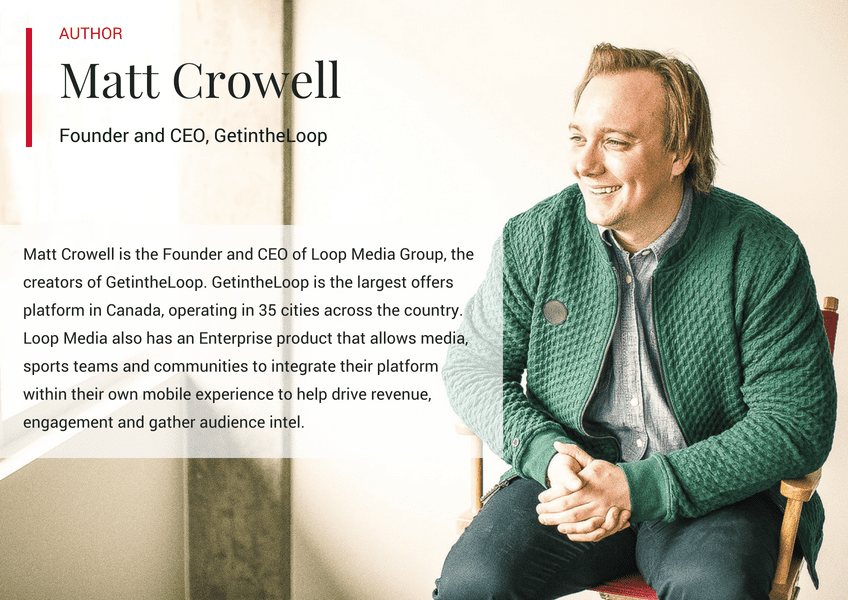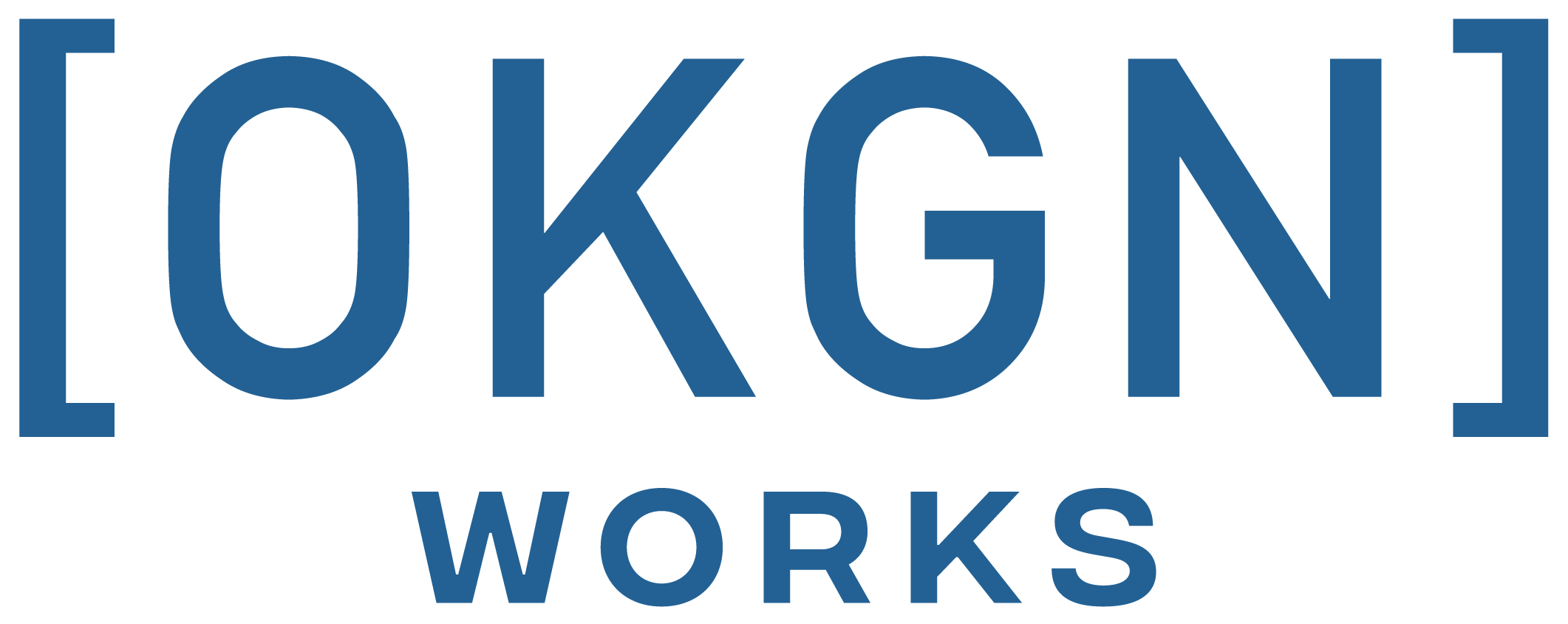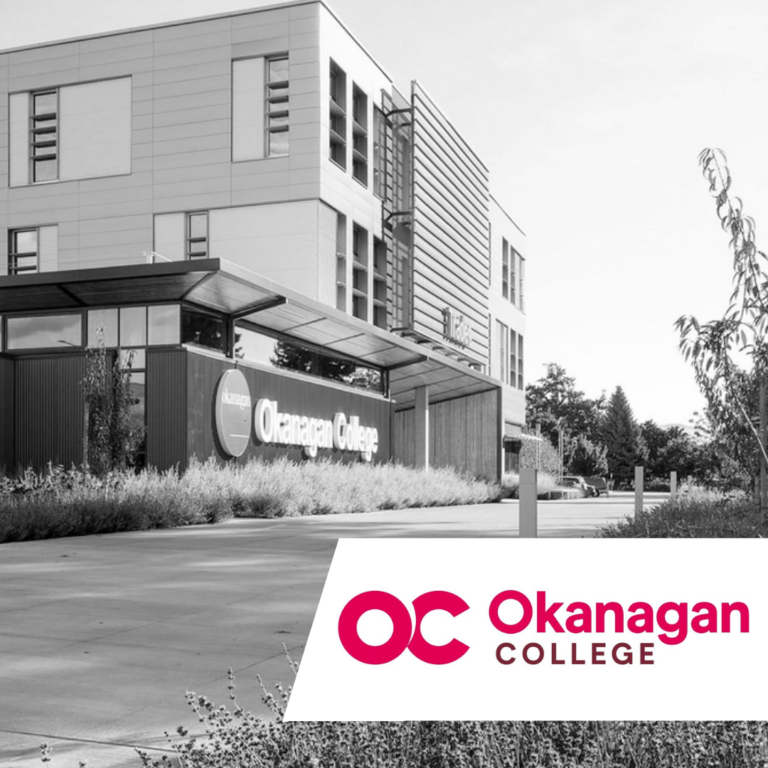Create an Online Experience That Will Keep Customers Coming Back
We are a fickle generation of consumers; for businesses, winning loyalty is much harder than it was years ago. We used to be satisfied with walking into a restaurant or store, choosing what we wanted, eating it or buying it, and leaving. That was the extent of the consumer experience and it was 99% controlled by the brand itself. Now we make decisions daily that are driving by large amounts of information and technology – and consequently, each decision has a multitude of courses of action.
Take the decision to go out for dinner. Twenty years ago, this would have been as simple as thinking of your favourite restaurant, maybe trying something new based on somewhere your friends went to recently, or taking advantage of a discount coupon that came in a flyer in the mail.
Today, you can look online for all the restaurants in your city, even reading menus before you go. You can ask Siri, Google Home or Alexa for their recommendations, or you can search for restaurants “near me” on your smartphone. You can check out ratings and reviews on dedicated websites, or you can ask your network of friends on social media. We are inundated with information, including peer-provided information that is largely out of the brand’s control.
Nonetheless, it all ties back to one thing – the customer experience. If you strive to constantly create a great customer experience at all the touch points that a business has with your brand that are within your control, then everything else will fall into place. Your business will naturally be talked about among friends and you’ll earn positive reviews online.
Your Website
It’s 2018. If you don’t have a website, you should. It’s one of the first interactions a potential customer might have with your brand, and is a key touchpoint that you must focus on to create a great customer experience.
Think about the audience of people that come to your website. Can you change your website to address each and every one of those people on a personalized level, which will lead to a much more enhanced customer experience? For example, an outdoor equipment retailer will have several audiences that they appeal to – hikers, bikers, kayakers.
If you can segment and tailor the website experience to speak specifically to each of those audiences you will create a better customer experience. You can segment your audience into almost any audience group – gender, age, location, past purchases/past page views (based on tracking).
Ensure you are always providing the information your website visitors want. If you have physical locations, state the addresses, open hours, and a phone number. Conduct testing if you are not 100% sure what is going to appeal most to your audience. Even simply changing some colours and font type can have big impacts.
Even if you have a website, if it’s not built in a way that search engines can find it, then it’s as good as useless. If people are online, searching for your business, and can’t find it, they are going to get very frustrated! Learn about the basics of SEO to ensure your website can be found by search engines and customers alike.
The Mobile Experience
According to Google, people have higher expectations for the experiences they have with brands on their phones and when people have a negative brand experience on mobile, they are over 60% less likely to purchase from that brand in the future.
Websites must be mobile responsive. Many of today’s website building tools (even low cost ones such as Weebly or Wix) have responsive design built into the platform, so you don’t even have to think about it. Here’s an example Weebly provides of their responsive designs in action. Speed, relevance, and being able to find the information needed on a mobile device is critical for customer satisfaction.
Investing in a mobile app is one way to enhance your customer’s experience. Starbucks’ app allows customers to order ahead and pick up their drink without waiting in line, 7-Eleven has an app that sends coupons to your phone, encouraging a visit to a store to redeem them, and Boston Pizza’s app allows for easier and faster online ordering.
If building your own app is not within your marketing budget, partner with a company for app marketing. This way you’ll have access to the audience, the self-serve offers platform, and reporting dashboard, without the price tag.
You have one shot at making a great first impression. Go get ‘em.







